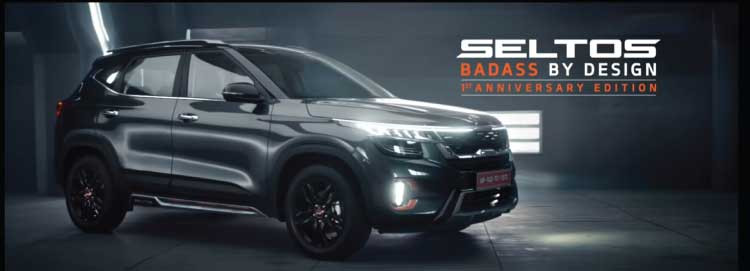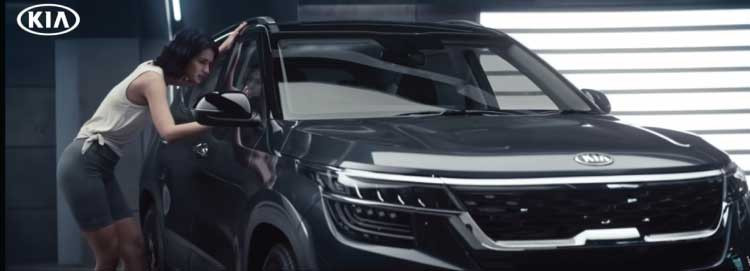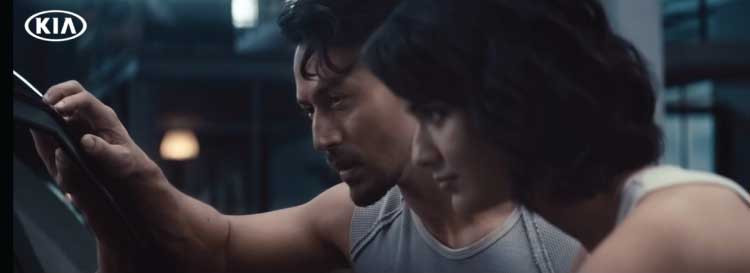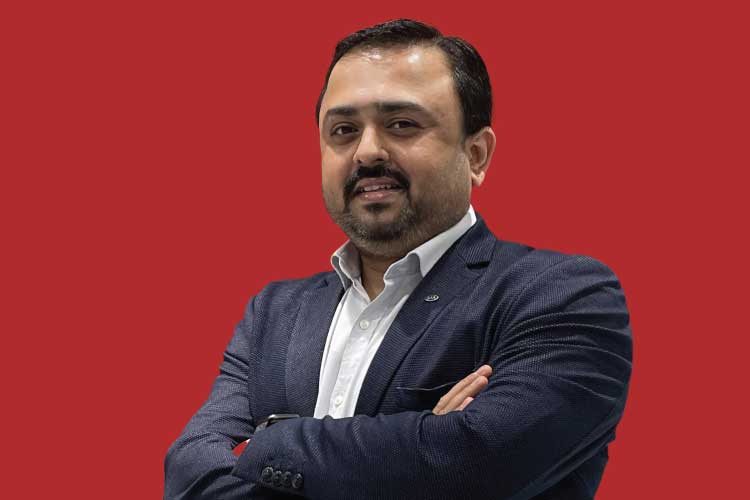Q] How has the company’s communication evolved, since Kia first launched in India when the auto sales were down to now in 2021 – when personal mobility has become a priority due to the pandemic?
Since we first showcased the SP2i concept (Now Seltos) in India in Auto Expo 2018, our primary aim was to create desirability for the brand in Indian market. From unaided awareness below 1% in 2018 to over 46% in 2021, we have come a long way in a very short span, thanks to the unconventional approach in our communication. While we have launched three products in India along with various other initiatives, the communication strategy has been completely different each time. However one thing that remained constant, is being unwonted. Just like our product strategy, our communication has always been driven from the insight of Indian consumers.
From our very first campaign ‘Magical Inspiration, Stunning Design’ to the latest ‘Wild by Design’, we have curated our campaigns to ignite the aspirational aspect in the Indian consumers. Since our establishment in India, the Indian automotive industry was facing a prolonged slowdown. In 2020, soon after our second product launch, we faced a global pandemic that further dampened the consumer sentiment. During this period, we studied our consumers and focused on communicating with them constantly. We adopted the storytelling approach throughout our communication strategy and used SNS platforms specially to create brand love and affinity which in long term lead to brand advocacy.
Q] What has been the challenge in creating desirability and love for brand Kia and ensuring a consistent brand story?
India is one of the fastest growing digital markets and has the second largest connected population. This digital transformation has resulted in less retention rate in consumers’ minds. As a marketer, this is the greatest challenge we face in creating brand recall and subsequently desirability for the brand. To tackle this, we adopted the storytelling method in our communication and kept a healthy mix of large and small format of activities across all our platforms. Since the beginning we have believed in an ‘always on’ content, which has helped us keeping the brand narrative constant. This was achieved through the optimal use of the different platforms we have. For example, we have used digital, like others use TV to create awareness and top of mind recall in sync with our ATL strategy. The recall was further enhanced by on-ground engagement with consumers through BTL and with media through PR.
Q] How would you define your TG? How has the media mix evolved for Kia when it comes to targeting your core consumer?
Our core target audience in India is the young at heart customer regardless of his/her age. For instance, a working professional who wants to stay ahead of the rest, spends time on various new-age platforms to source information and desires to experience new technology in vehicles. We have carefully identified this trend and target high engagement on these digital platforms to reach our target audience in a more quirky and relatable manner.
A win for us has been consistent communication across platforms. As we follow a consumer-first approach for all our campaigns, we focus on a tailor-made 360-degree approach for each project to ensure that we are reaching out to customers in the best way possible. We try to support the bigger campaigns with smaller activities across platforms. For instance, we had a full-fledged media mix for the ‘Wild by Design’ campaign for Kia Sonet, which included Print, Digital, outdoor advertising, Television, etc. To keep the narrative going and attain higher recall, the campaign was supported by collaborations with some of the top YouTube content creators in genres like comedy and lifestyle and made some of the quirkiest content, which was very well received by the Indian audience.
Q] Tell us about the different propositions for the three brand favourites Seltos, Carnival and Sonet.
Kia has a presence in 180 countries with 30+ vehicle models. While these offerings are different in shape, size and features, one thing which has been retained throughout Kia vehicles is its design. Design is at the core of our product strategy and hence for the Indian market, we decided to build our communication on design. From the beginning of our first campaign to the latest Sonet campaign, we kept communication on design unanimous while addressing a completely different set of target audience. We set our tone on design with our first campaign – ‘magical inspirations stunning designs’ followed by the ‘badass by design’ for Seltos, ‘extravagance by design’ for Carnival and ‘wild by design’ for Sonet. What stood apart was the way we communicated these campaigns and made the narrative clear. For Seltos, it was ‘the beast in a tuxedo – inspired by the badass in you’, for Carnival it was ‘epitome of luxury, space and smart - inspired by the connoisseur in you’, and for Sonet, it was ‘aggressive exterior with a heart of a brute performer – inspired by the bold and trendy you’.
Q] With three products now in the marketplace, what is your market share?
The beginning of 2021 has already proven to be extremely successful for us as we became the fastest car-maker to achieve 200,000 units of wholesale domestic sales in the country. We are the fourth largest car manufacturer in India with almost 6% market share.
Q] Looking ahead, what can we expect from Kia, in terms of new launches, marketing initiatives, etc.?
We have received an overwhelming response for our existing product line-up and currently, our focus is on meeting the increasing demand for our products. Our product strategy is based on what will be relevant to India in the coming years and our focus is to thoroughly study and analyse the sentiments in the post-COVID-19 world to plan for the future. We are constantly evaluating market trends and demands and will make a decision on our next launch based on the situation.
Q] Are you looking at increasing your marketing spends for 2021?
For us, the budgets depend on multiple factors such as the type of campaign, the audience, the message that we want to put across, and more. Hence, our budgets differ from campaign to campaign and we don’t have pre-determined allocations for our marketing campaigns.
























